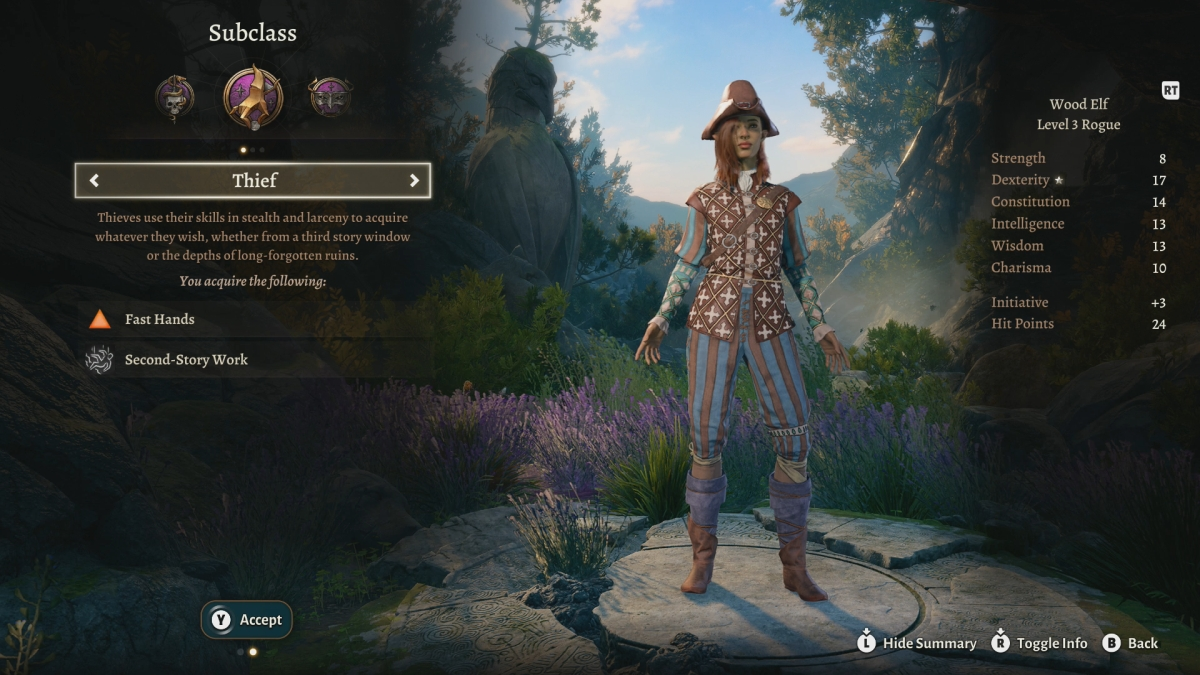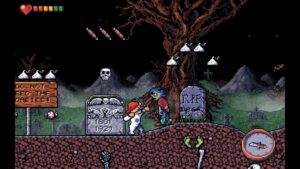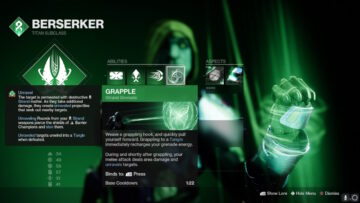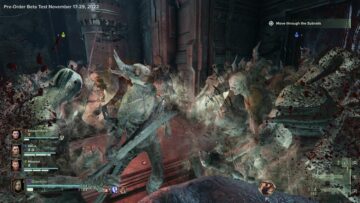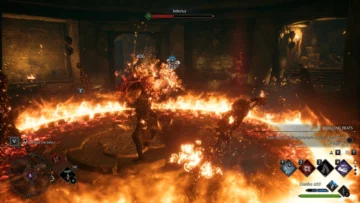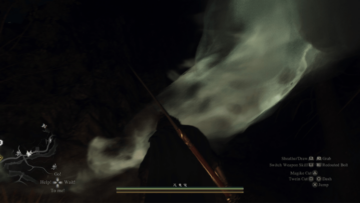When you play as a Rogue in Baldur’s Gate 3, you start by mastering the art of getting around the world without calling unwanted attention to yourself. At level three, you finally get to specialize by picking one of three subclasses that will determine the course of any further development. Here is our ranking of the best Rogue subclasses in Baldur’s Gate 3.
Note: You don’t have to limit yourself to one character class. If you would like, you can mix two or three of them. For more information, check out our guide explaining how to multiclass in Baldur’s Gate 3.
Baldur’s Gate 3 – best Rogue subclasses, ranked
Not every Rogue will be quite the same. Your good pal Astarion already has some of the aspects down (assassination, mostly). That leaves you the freedom to branch off in other directions, if you wish. Baldur’s Gate 3 lets you explore a dangerous world, so consider how you want to play. Then select the Rogue subclass that complements your favored approach.
1. Thief (Best)
The Thief subclass offers the Fast Hands ability, which enables an additional bonus action. Their Second-Story Work ability is less impressive, but could still prove useful.
As a Thief, your Rogue character lives up to their true potential, particularly outside combat. If you have an Urchin background and Sleight of Hand, you’re already off to a good start. Then you can master Supreme Sneak at level nine to turn invisible in battle. In general, this subclass is terrific if you want to bide your time and then launch lethal attacks from the shadows. It’s less useful if you plan to stay out in the open. But you are hardly likely to be a Rogue in the first place if that’s your style.
2. Arcane Trickster (Good)
The Arcane Trickster subclass starts off by providing the Mage Hand cantrip, which is a good fit. You also get your choice of two additional cantrips and three spells (with one of them being a level one Wizard spell). That’s quite the bounty. It should allow you to build your burgeoning Rogue in a variety of useful directions. Some compelling cantrip options include Friends and Minor Illusion, but you can also choose offensive options such as Fire Bolt or Poison Spray. Spells of interest include Disguise Self and Sleep, both which suit a sneaky approach to life. The spells that normally would go to a Wizard are excellent. They include Magic Missile and Expeditious Retreat. The latter makes it much easier to escape combat when needed.
Upon reaching level four, the Arcane Trickster gains yet another spell. Then, at level nine, they develop the Magical Ambush skill. Most of their most vital development happens fairly early, so you may find this subclass a good fit for a multiclass character.
3. Assassin (Okay)
The Assassin subclass is perfect for a combat-oriented approach. Assassinate: Initiative is fiendishly effective against enemies that haven’t moved since a battle started. In a similar vein, Assassinate: Ambush ensures that any successful attack against a Surprised enemy scores a Critical Hit. Assassin’s Alacrity lets you respond quickly at the start of battle. These are useful abilities, but Astarion develops them early in the campaign. You may prefer to explore other flavors of Rogue.
At level nine, which is where the Rogues see a lot of development regardless of subclass, the Assassin learns Infiltration Expertise. This ability lets you alter your appearance until the next long rest.
We’ve ranked the subclasses above, but any Rogue subclass is a good option. Choose the subclass that best suits your style of play. And if you change your mind, check our guide on how to respec your characters with a little help from Withers.
Baldur’s Gate 3 is available on Steam.
- SEO Powered Content & PR Distribution. Get Amplified Today.
- PlatoData.Network Vertical Generative Ai. Empower Yourself. Access Here.
- PlatoAiStream. Web3 Intelligence. Knowledge Amplified. Access Here.
- PlatoESG. Automotive / EVs, Carbon, CleanTech, Energy, Environment, Solar, Waste Management. Access Here.
- BlockOffsets. Modernizing Environmental Offset Ownership. Access Here.
- Source: https://www.pcinvasion.com/best-rogue-subclasses-in-baldurs-gate-3-ranked-bg3/
- 1
- a
- abilities
- ability
- above
- Action
- Additional
- Against
- allow
- already
- also
- an
- and
- Another
- any
- approach
- ARE
- around
- Art
- as
- aspects
- At
- attacks
- attention
- available
- background
- Baldur's Gate
- Battle
- BE
- being
- BEST
- bonus
- both
- bounty
- build
- but
- by
- calling
- Campaign
- CAN
- Center
- change
- character
- choice
- choose
- class
- combat
- compelling
- Consider
- could
- course
- critical
- dangerous
- determine
- develop
- Development
- directions
- down
- Early
- easier
- Effective
- enables
- ensures
- escape
- Every
- explaining
- explore
- Finally
- find
- First
- first place
- fit
- For
- four
- Freedom
- from
- further
- gains
- General
- Get
- getting
- go
- good
- guide
- happens
- has
- Have
- help
- here
- HIT
- How
- HTTPS
- if
- impressive
- in
- include
- information
- interest
- Is
- IT
- jpg
- launch
- less
- Level
- Life
- like
- likely
- LIMIT
- Little
- lives
- Long
- lot
- MAKES
- master
- Mastering
- May
- mind
- mix
- more
- most
- mostly
- moved
- much
- needed
- Next
- Nine
- normally
- of
- off
- offensive
- Offers
- Okay
- on
- One
- open
- Option
- Options
- or
- Other
- our
- out
- outside
- particularly
- PC
- perfect
- picking
- place
- plan
- plato
- plato data intelligence
- platodata
- platogaming
- play
- potential
- prove
- providing
- quickly
- quite
- Ranked
- ranking
- reaching
- regardless
- REST
- Rogue
- s
- same
- see
- should
- similar
- since
- skill
- So
- some
- start
- started
- stay
- still
- style
- successful
- such
- that
- The
- the world
- their
- Them
- then
- These
- they
- this
- three
- time
- to
- true
- turn
- two
- until
- up
- variety
- vital
- want
- when
- where
- will
- with
- without
- world
- would
- yet
- you
- your
- yourself
- zephyrnet

